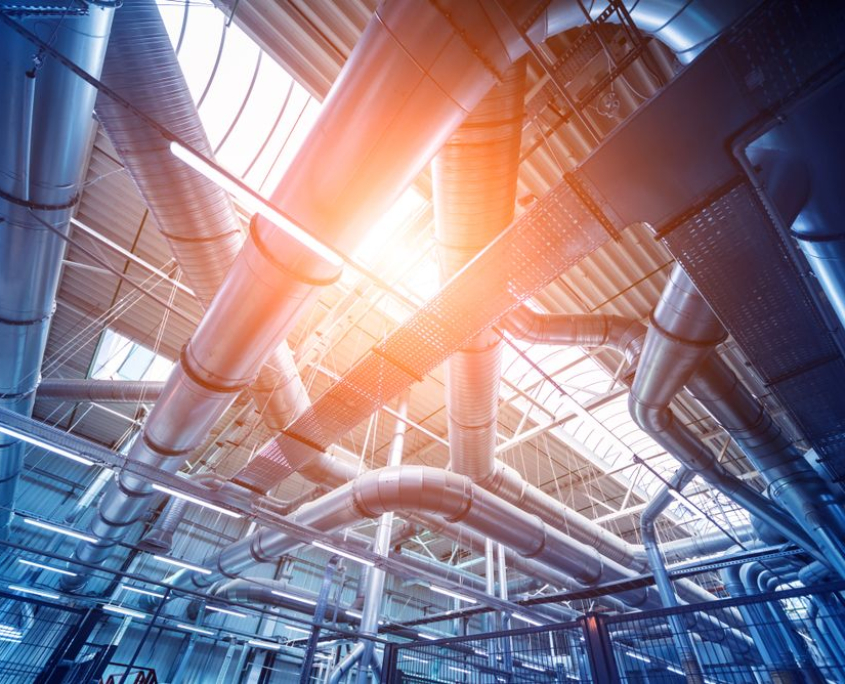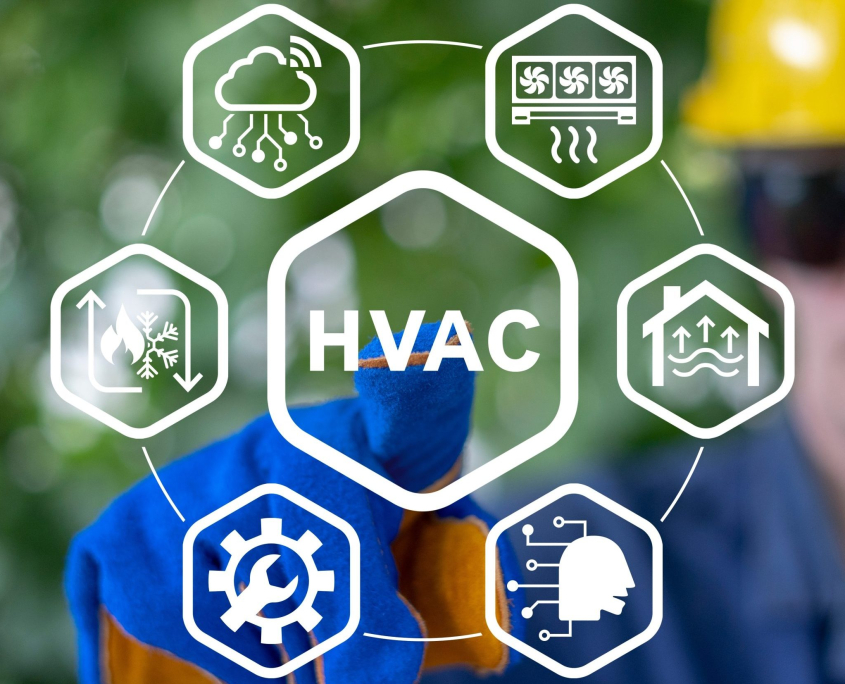Main Functions of HVAC in Cleanrooms
-
Temperature and Humidity Control
- Maintains a stable temperature suitable for equipment and personnel.
- Controls relative humidity to prevent microbial growth and reduce static electricity.
Ventilation and Air Quality
- Supplies fresh air and filters it through HEPA/ULPA filters.
- Removes suspended particles, dust, microbes, and chemical contaminants.
Positive and Negative Pressure Control
- Positive Pressure: Clean air flows from the cleanroom to surrounding areas to prevent contamination ingress.
- Negative Pressure: Used in biological labs or hazardous drug areas to prevent contaminants from escaping into the environment.
Laminar and Turbulent Air Distribution
- Laminar airflow provides unidirectional airflow in critical areas to minimize particle contamination and protect products.
- Turbulent airflow is sufficient in less critical areas, with controlled mixing to maintain cleanliness.
HVAC System in Cleanrooms
HVAC stands for Heating, Ventilation, and Air Conditioning and plays a critical role in cleanrooms. Its primary purpose is to control temperature, humidity, pressure, air quality, and particulate flow to provide a hygienic and controlled environment for pharmaceutical manufacturing, medical devices, and other contamination-sensitive products.
Key Design Considerations for Cleanroom HVAC
- Multi-stage Filtration: From pre-filters to HEPA/ULPA filters to achieve the required cleanliness class.
- Pressure Control: Differential pressure between rooms to prevent cross-contamination.
- Air Recirculation and Flow: Proper airflow to avoid dead zones and particle accumulation.
- Continuous Monitoring: Sensors for temperature, humidity, pressure, and particle count to maintain standard conditions.



